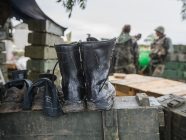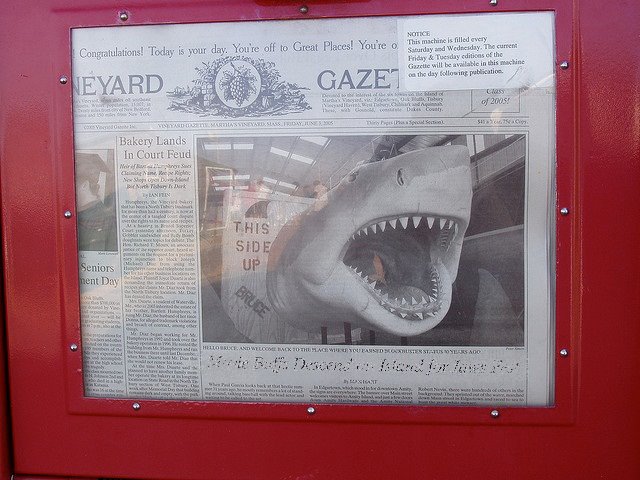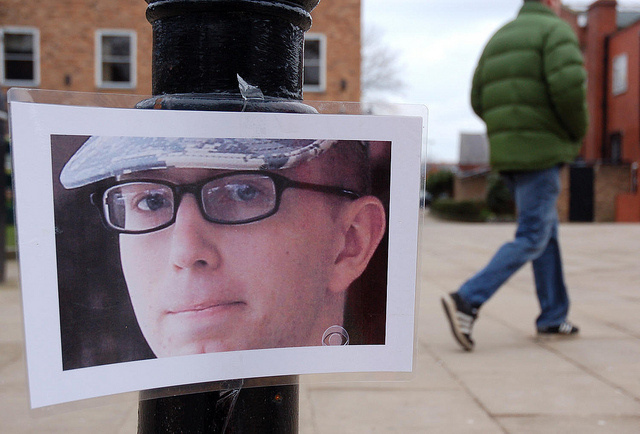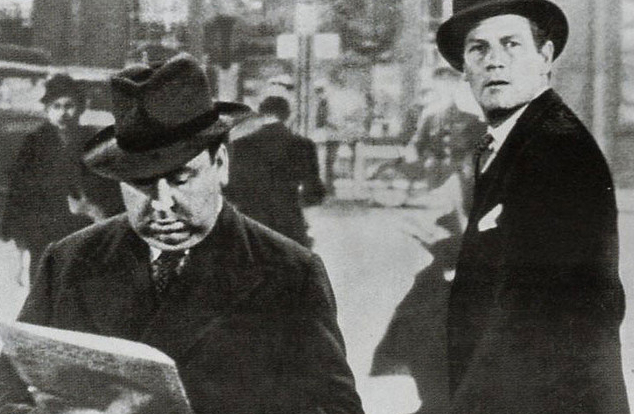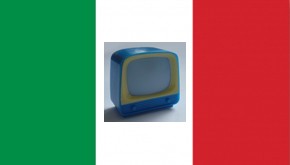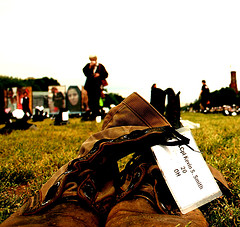 Modern wars are fought on at least two frontiers.
Modern wars are fought on at least two frontiers.
There’s the military battlefield, and then there’s the media front, where the visceral darkness of war (collateral damages, tragedy, human suffering) must be distorted in order to mobilize public attention and support.
In his contribution to Peace Journalism, War and Conflict Resolution, a compilation of essays on the subject of peace journalism by Richard Keeble, Stephan Russ-Mohl summarizes the American media coverage of the recent Iraq war, distinguishing three phases: Phase #1, during which most members of the American media became victims of government propaganda, reporting on Saddam Hussein’s WMDs and close connections to Al-Qaida; Phase #2, when the media discovered they were (as happens in most wars) misled by the government and began a period of self-reflection and criticism; and Phase #3, when the media abandoned war coverage while the war itself continued.
Russ-Mohl’s research was conducted using economic theory as a methodological approach, providing insight as to why it is so difficult for war reporters and editors to fulfill their most noble mission: keeping distance in order to uncover truth.
Find full article here.
Tags: al-Qaida, Economic Theory, Iraq War Coverage, Modern Wars, Peace Journalism War and Conflict Resolution, Richard Keeble, Saddam Hussein, U.S. Media, War Reporting, Weapons of Mass Destruction


